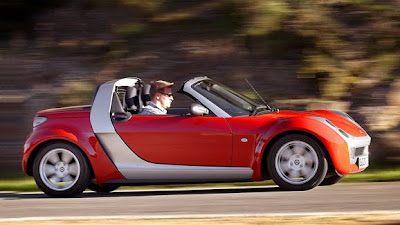Used MG Midget Cars Models MG F-type Midget Cars Parts 2
Saturday, November 27, 2010
8:29 PM
,
2 Comments
ป้ายกำกับ: British Motor Corporation (BMC) , F1 cars , F2 cars , F3 cars , MG Car company , MG division , MG F-type , MG F-type Magna , MG F-type Midget , MG M-type , MG Midget Car , MG Midget Cars , MG Midget F-Type
ป้ายกำกับ: British Motor Corporation (BMC) , F1 cars , F2 cars , F3 cars , MG Car company , MG division , MG F-type , MG F-type Magna , MG F-type Midget , MG M-type , MG Midget Car , MG Midget Cars , MG Midget F-Type
Used MG Midget Cars Models MG F-type Midget Cars Parts 2
MG Midget Cars MG F-type
MG Midget Cars Parts 1
The MG F-type Magna was a six cylinder engined car produced by the MG Car company from October 1931 to 1932. It was also known as the 12/70.
The original F was restricted by only having 8 inch (200 mm) brake drums which with its 4 seat bodies was not really adequate. Many F1 cars have subsequently been fitted with the larger F2 brakes.
The four seat tourer cost 250 and the Foursome coupe cost 289.
Introduced in late 1932 the F2 was the open 2 seater car in the range. It also got much needed enhanced braking by fitting larger 12 inch (300 mm) drums all round. The body with straight topped doors came from the J-Type Midget.
The F3, also introduced in 1932, used the same brakes as the F2 but had the 4 seater tourer and Foursome Coupe bodies fitted. The engine cooling was improved by changing the cooling water flow.
The MG Midget is a small two seat sports car produced by MG division of the British Motor Corporation from 1961 to 1979. It re-used a famous pre-war name used on MG M-type, MG D-type, MG J-type and so on.
F
The original F was restricted by only having 8 inch (200 mm) brake drums which with its 4 seat bodies was not really adequate. Many F1 cars have subsequently been fitted with the larger F2 brakes.
The four seat tourer cost 250 and the Foursome coupe cost 289.
F2
Introduced in late 1932 the F2 was the open 2 seater car in the range. It also got much needed enhanced braking by fitting larger 12 inch (300 mm) drums all round. The body with straight topped doors came from the J-Type Midget.
F3
The F3, also introduced in 1932, used the same brakes as the F2 but had the 4 seater tourer and Foursome Coupe bodies fitted. The engine cooling was improved by changing the cooling water flow.
The MG Midget is a small two seat sports car produced by MG division of the British Motor Corporation from 1961 to 1979. It re-used a famous pre-war name used on MG M-type, MG D-type, MG J-type and so on.
































